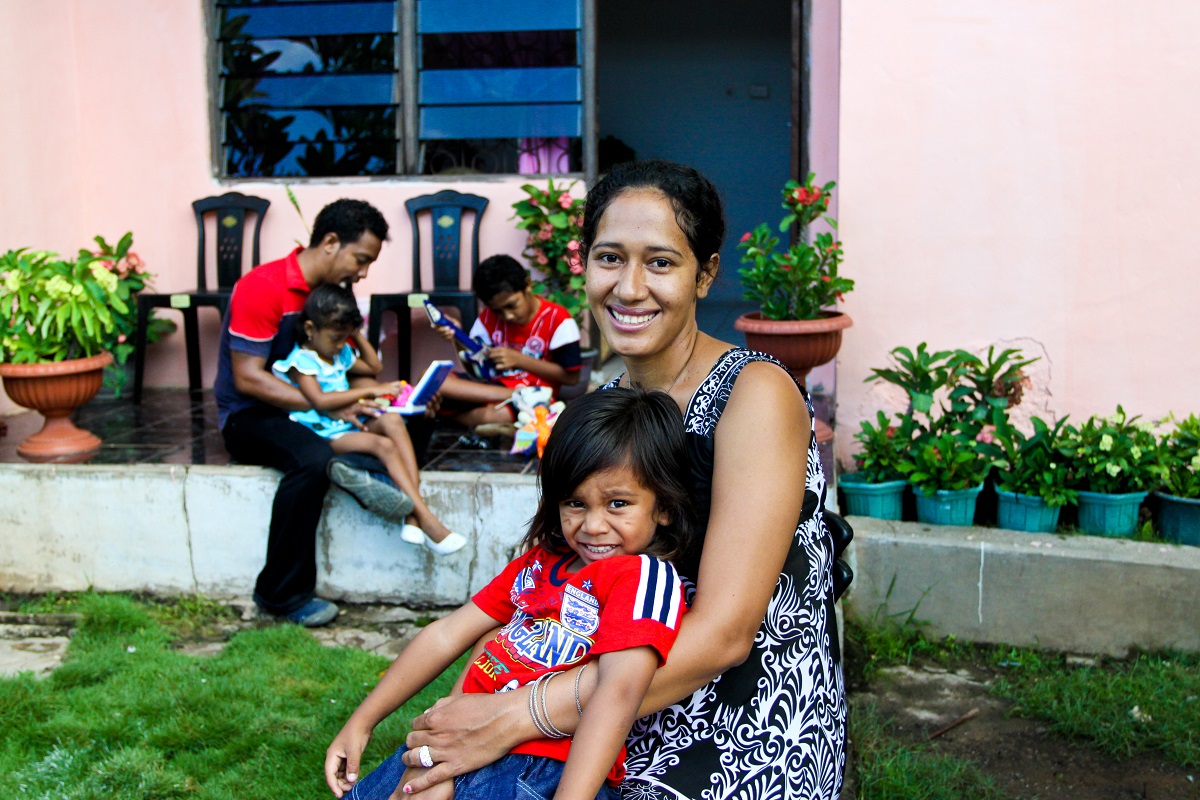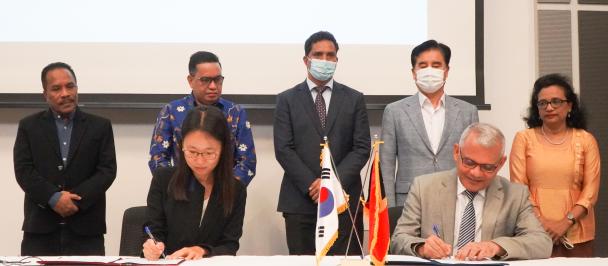Improvements, although modest, show that the country has been making steady progress
The Human Development Index: a key tool for improving understanding of development challenges in Timor-Leste
September 20, 2018
Unless more targeted and quality investments are made in health, education and the economy now, Timor-Leste will struggle to achieve its development aspirations over the next few decades
By Roy Trivedy, UN Resident Coordinator and UNDP Resident Representative
As someone who has a keen interest in statistics, I was excited this week at the launch of the latest Human Development Report. Released by the UNDP Human Development Report Office (HDRO), the Report aims to “…expand opportunities, choices and freedoms”. A central pillarof the report is the Human Development Index (HDI) which measures national economic and wellbeing achievements across 189 countries and territories, providing a rich source of comparative data.
The HDI was first introduced in the first Human Development Report in 1990 and emphasizes that people and their capabilities should be the ultimate criteria for assessing the development of any nation country, not economic growth alone.
The index provides a useful tool for stimulating global debate about the policies and priorities of governments. It can be used to support or question national policy choices, asking how different countries with the same level of Gross National Income (GNI) per capita, can end up with different human development outcomes, such as education and health indicators.
For Timor-Leste, since the previous HDR (2016), I noted that there have been small improvements to key indicators. For example, average life expectancy has increased by 0.7 years to 69.2 years and Gross National Income (GNI) per capita increasing by $1,475 to $6,846 pa. The number of expected years of schooling and level of secondary school enrolment also saw small increases during the previous five-year period.
These improvements, although modest, show that the country has been making steady progress. They have resulted in the country increasing its overall HDI rank by one place to 132. This places Timor-Leste in the ‘Medium Human Development’ category alongside other Asia-Pacific countries including Lao People's Democratic Republic, Bangladesh and Cambodia.
I was especially interested to review the findings of the latest HDI, following the launch of the Timor-Leste National Human Development Report 2018 earlier this year. The national report found that there is a large pool of unemployed youth (females and males) who face multiple “wellbeing vulnerabilities” and lack the skills required, to access decent employment.
Both reports demonstrate that for countries like Timor-Leste to maintain and accelerate progress, more investment is urgently needed to improve the quality of education, health, water, sanitation and public infrastructure. Creating more jobs and opportunities for people to enhance skills is vital.
Timor-Leste is one of the youngest countries in the world with 74 per cent of the population aged under 35. Unless more targeted and quality investments are made in health, education and the economy now, Timor-Leste will struggle to achieve its development aspirations over the next few decades.
I encourage Government, business leaders, development partners and all citizens to review the findings of the HDI and National Human Development Report. The two reports provide useful information to assist political leaders to make informed policy choices to address development challenges in the country.

 Locations
Locations



